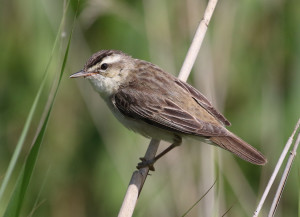
When I visit Norfolk one of my favourite places is RSPB Titchwell. Now I know not all birdwatchers will agree with me on this as Titchwell can get very busy with day-trippers and beginner birdwatchers that annoy some hard-core birders but what I like about this location is that there are always large numbers of birds to see and by spending time in the hides one can get really close to a number of species. These species include Pied Avocet which for birders of my age remains an exciting bird due to the fact that it was almost mythical when I started bird watching as a kid. Besides, I actually enjoy being able to pass on my experience to more novice bird watchers when scanning through the birds seen from the hides; one couple, for example, got really excited when I helped them identify a Ruff in eclipse plumage that was feeding in front of us. Spending time in the Island Hide a few weeks ago I was able to get the following photos of a variety of birds.
Although I planned to sit and wait in a hide for birds to come close to me before I got there I had an interesting experience with a pair of extremely agitated Sedge Warblers which seemed to be mobbing something in the long grass. They spent a long time scolding something which I was not able to see in the dense grass, perhaps it was a small snake or lizard that they thought might predate their young.
In mid summer one of the birds that is moving through eastern UK in good numbers is Ruff and a visit to Titchwell in mid July to September is more or less guaranteed to turn up good numbers of these birds in a confusing array of plumages one of which on my trip in July this year resulted in the aforementioned assistance that I gave. I spent several hours in the Island Hide photographing several individuals, some of which came very close to me.
Being one of the RSPB’s figurehead reserves one might expect to see the species that forms its logo: Pied Avocet! Well no need to be disappointed there are always plenty of them to see at Titchwell. Sitting in the Island Hide allowed me to watch these lovely birds doing all sorts of things including performing its distinctive feeding action.
Another interesting black and white bird in front of the hide was a Pied Wagtail which was darting around, chasing prey on the muddy water’s edge.
Of course as well as birds close to the hide there were plenty of interesting species a little further away including large numbers of Black-tailed Godwits, a small party of Red Knot, Common Redshank, a Spotted Redshank, Sandwich Terns, Common Terns and a few Bar-tailed Godwits, one of which flew straight towards the hide.
Of course some of the common birds were always present in front of the hide including the ubiquitous Black-headed Gull with the juveniles looking very smart in their black and white colours.
A few Common Shelducks spent the whole time arguing with each other too, periodically chasing one another across the scrape only to return to their favourite feeding spot.
As much as I would have liked to have stayed longer I actually had quite a long drive to get home so I pulled myself away from the window in the hide I spent time at only to notice a Common Redshank very close to a different window, so I stopped long enough to take a few shots of that.
The work that the RSPB do at Titchwell, not only in terms of conservation of a valuable bird habitat but also in terms of getting large numbers of non-birders to appreciate birds, is an excellent example of running a nature reserve. Of course there may be some minor areas in which management of certain parts of the reserve could be different but overall it is a great place.
If you want to visit Titchwell yourself then you can find all the details you need on the RSPB’s website – RSPB Titchwell Marsh.


 August 8th, 2019
August 8th, 2019  Nick
Nick 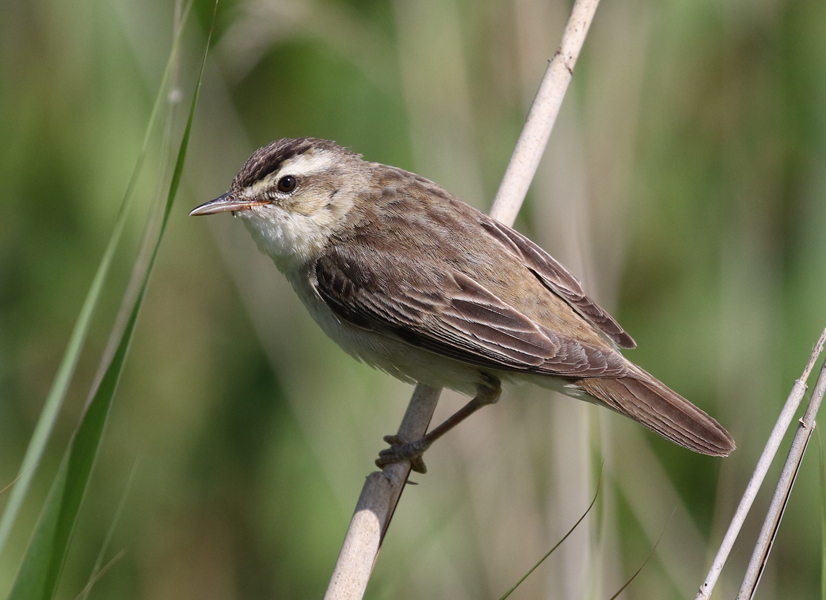
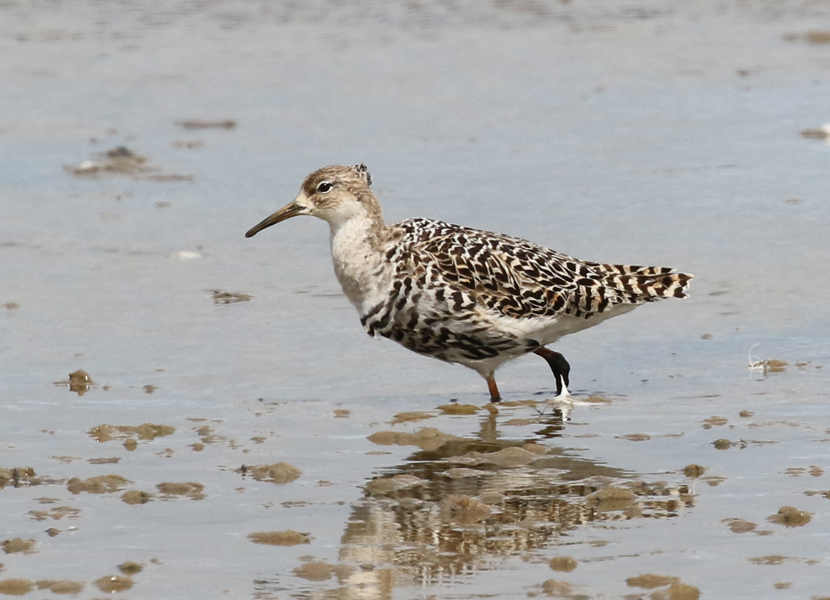
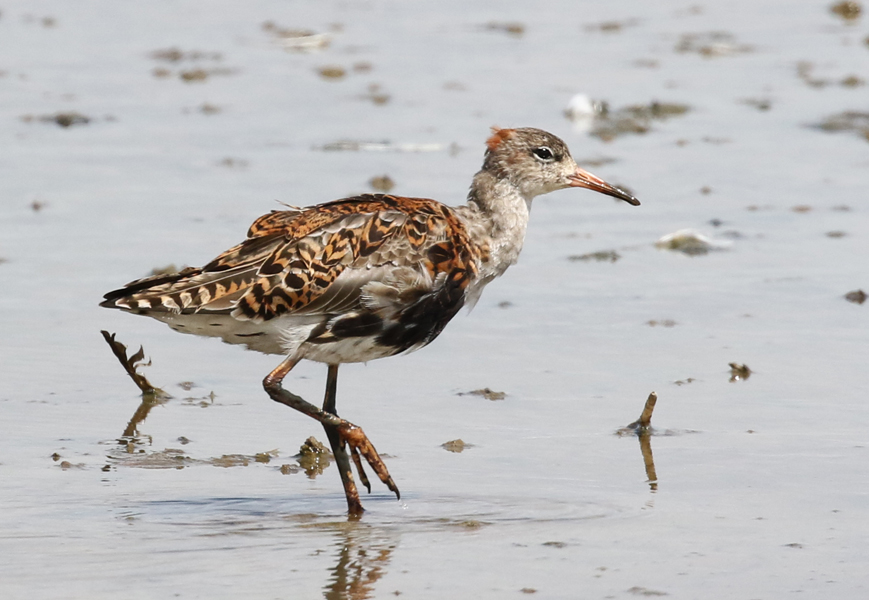
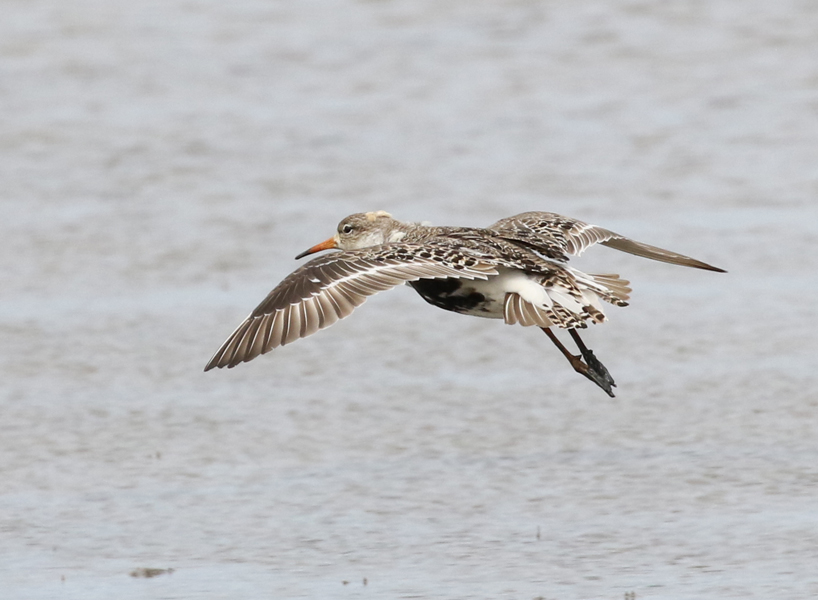
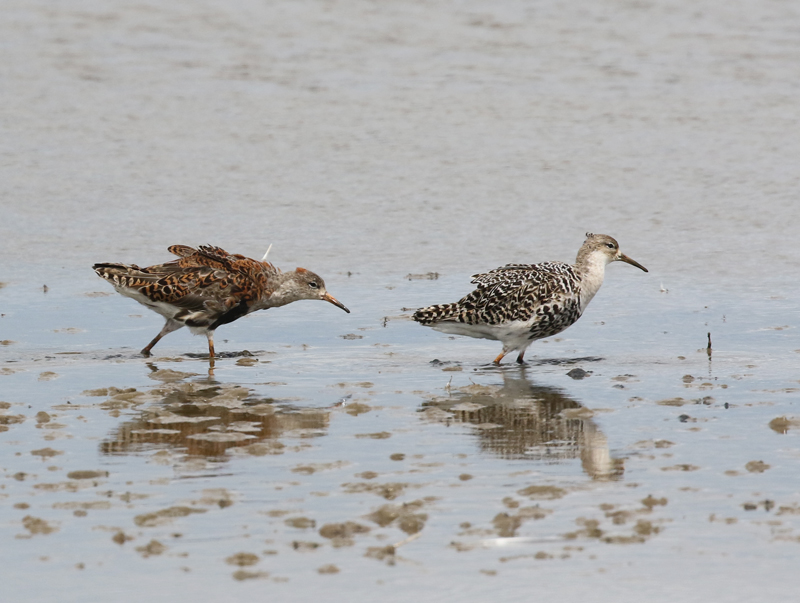
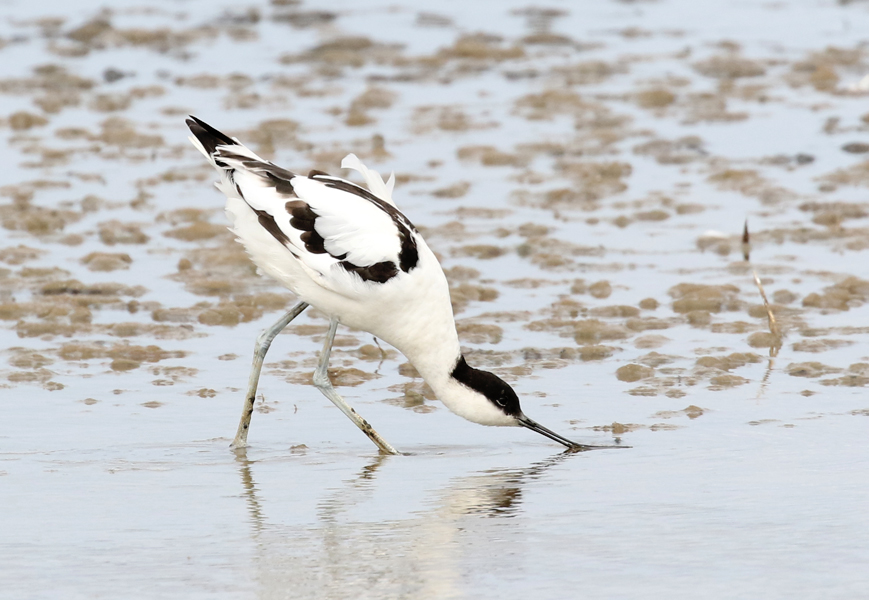
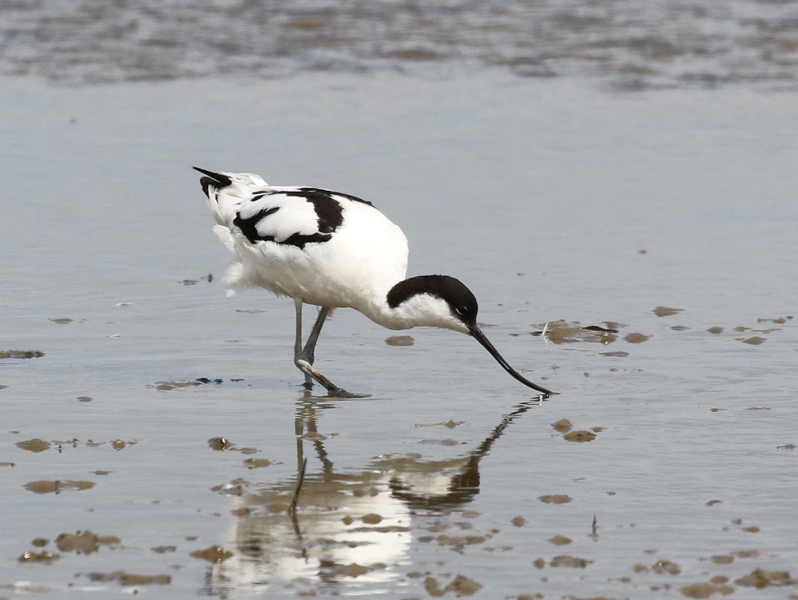
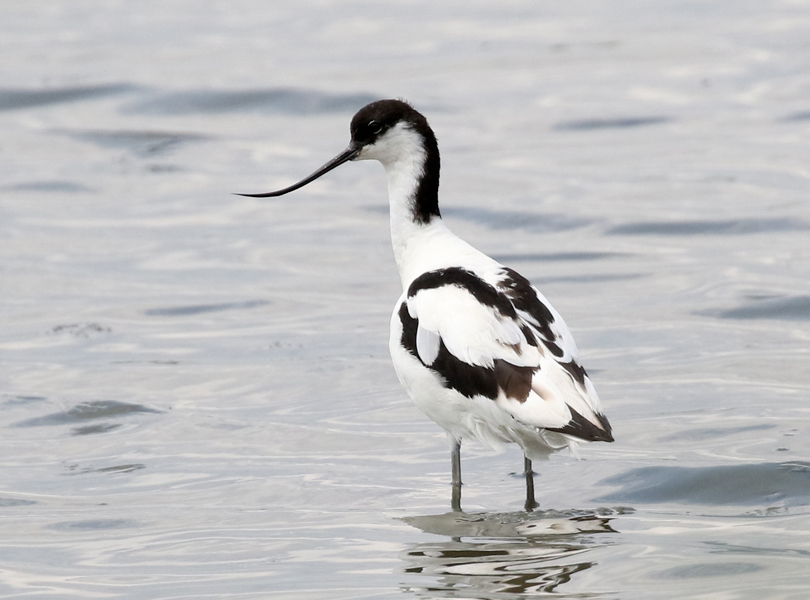


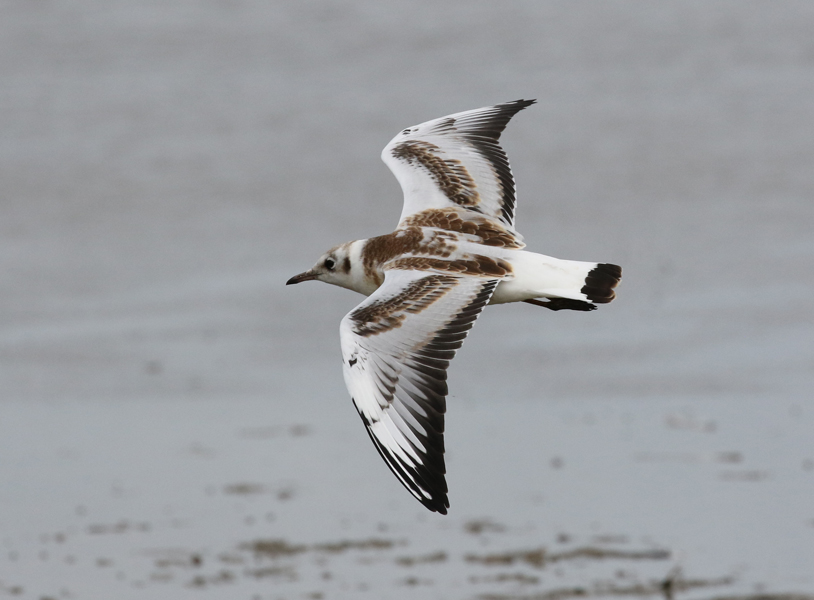
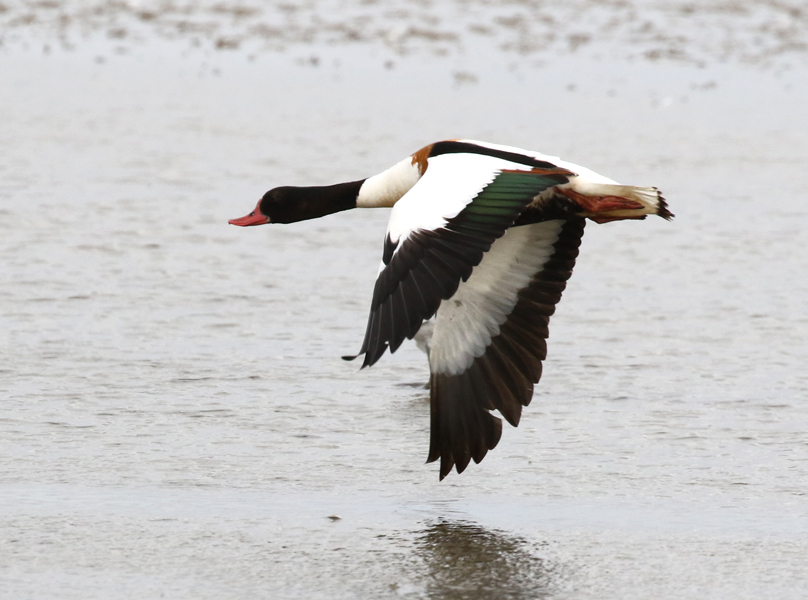

 Posted in
Posted in  Tags:
Tags: 










